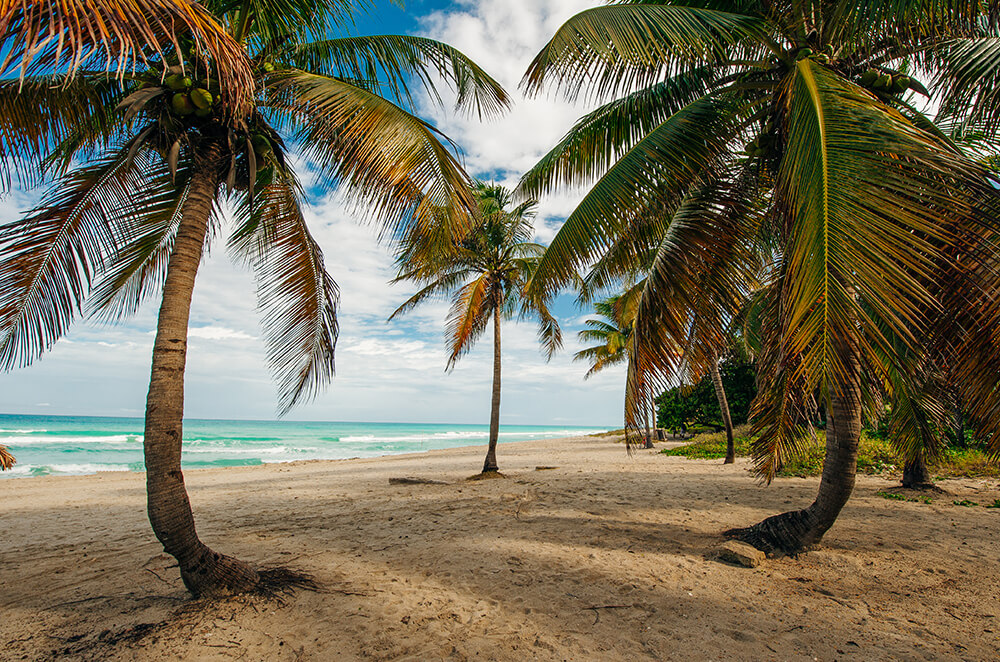
Five things we can learn in honor of World Beach Day
Fecha: 07/09/2023
When we know something or someone well, we tend to get more investment in that thing or person –and start to care. In that sense, learning a few interesting and sometimes surprising facts about beaches seems like the perfect way to honor World Beach Day 2023.
Let’s start with the basics: A beach is a narrow strip of land separating a body of water from inland areas. They’re not only found along the coastlines of oceans and seas, but also of lakes and rivers, and they can be made of sand, tiny grains of rocks and minerals that have been worn down by wind and waves. Read on for 5 good-to-know facts about beaches.
A larger ecosystem than you might think
The beach ecosystem includes everything from algae and plankton, to crabs, snails and shorebirds, to the animal life and vegetation of sand dunes and other coastal areas. Beach ecosystems are a crucial part of marine food chains, and they’re home to many species that have evolved specifically to survive in the intertidal zone, where the ocean meets the land. Many species of turtles also rely on beaches as nesting grounds, just like various bird species rely on them for nesting, foraging, and rest during migration.
Three main threats
Coastal erosion, climate change and human development and pollution are 3 of the main threats beaches around the world are facing, and they are tightly intertwined. Though erosion occurs naturally, as a result of waves and storms, construction and coastal development can exacerbate it. Another reason erosion occurs is rising sea levels, which is caused by climate change, as are rising ocean temperatures and more frequent and potent storms. Finally, human activity often leads to habitat destruction and pollution, and can disrupt natural processes, alter water flows, and increase runoff of pollutants into coastal waters.
Two great ecosystem services
Beaches provide coastal protection: healthy beach ecosystems act as natural buffers against coastal erosion, storm surges, and flooding. This way, they protect people and towns from the impact of extreme weather events. Another essential role beaches and coastal zones play is less evident: they contribute to nutrient cycling, which helps maintain water quality and supports marine life.
Singing and glowing beaches
Some of the world’s beaches can be not just breathtakingly beautiful, but also surprising or mysterious. In China, for example, there’s the "singing sand" beach of Dunhuang. When walked on, the sand in this beach makes a unique sound that can resemble a musical note or hum; this is caused by the sand grains rubbing against each other. And in Mosquito Bay in Vieques, Puerto Rico, the beach captivates not with sound, but with light. There, a phenomenon called bioluminescence makes the waves glow with a blue-green light. This happens because certain microorganisms produce light when waves or disturbances agitate the water.
Beaches, people and money
Last but not least, beaches can have great cultural importance and are key to the livelihoods of millions of people around the world. Healthy beaches contribute to healthy oceans, rivers and lakes, on which so many of us depend, and they are also essential in many commercial activities, from fishing to tourism. In fact, tourism related to beaches contributes significantly to local economies through revenue generation and job creation.
